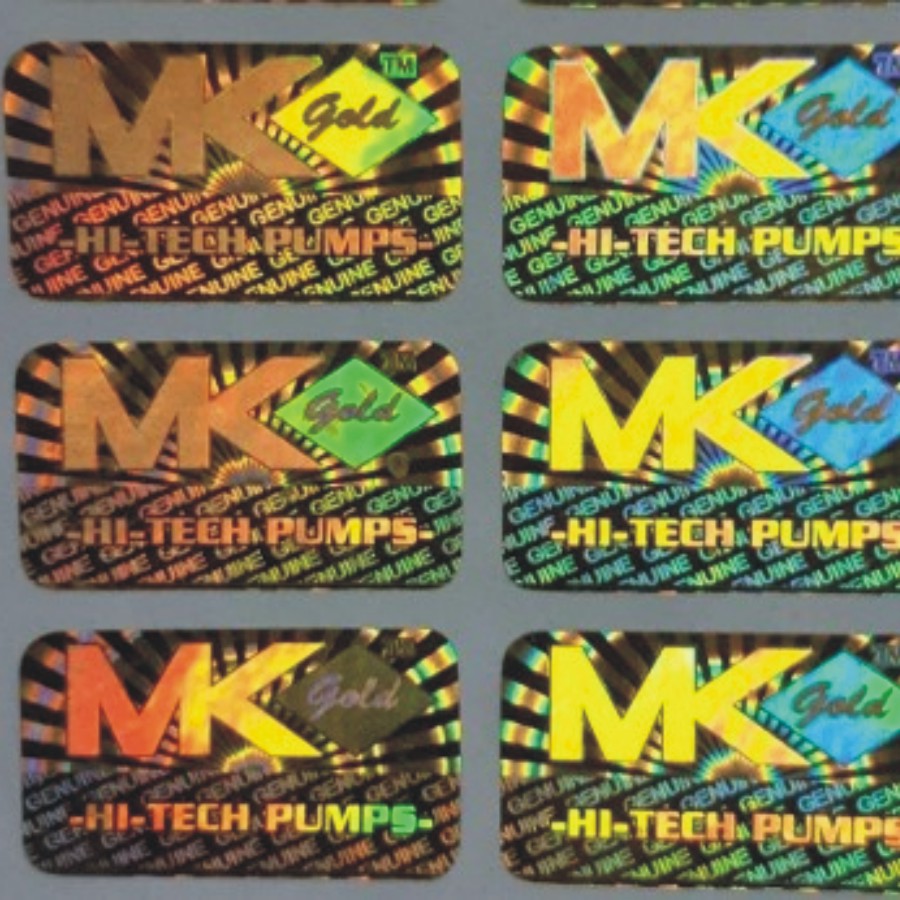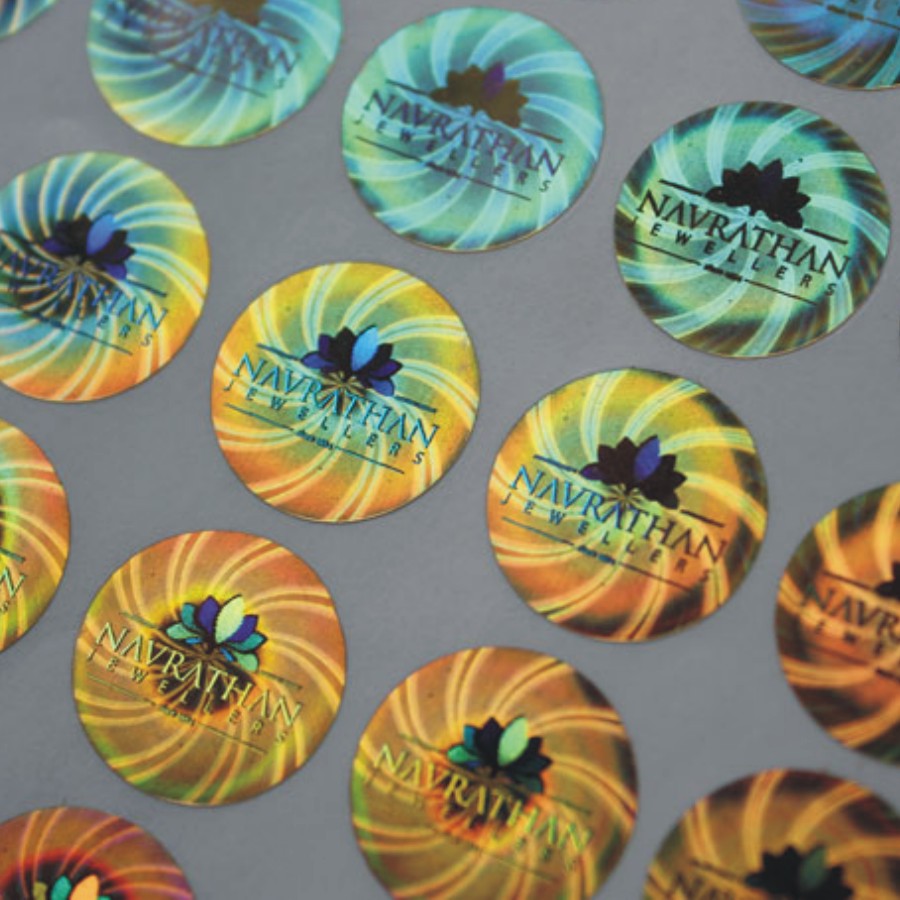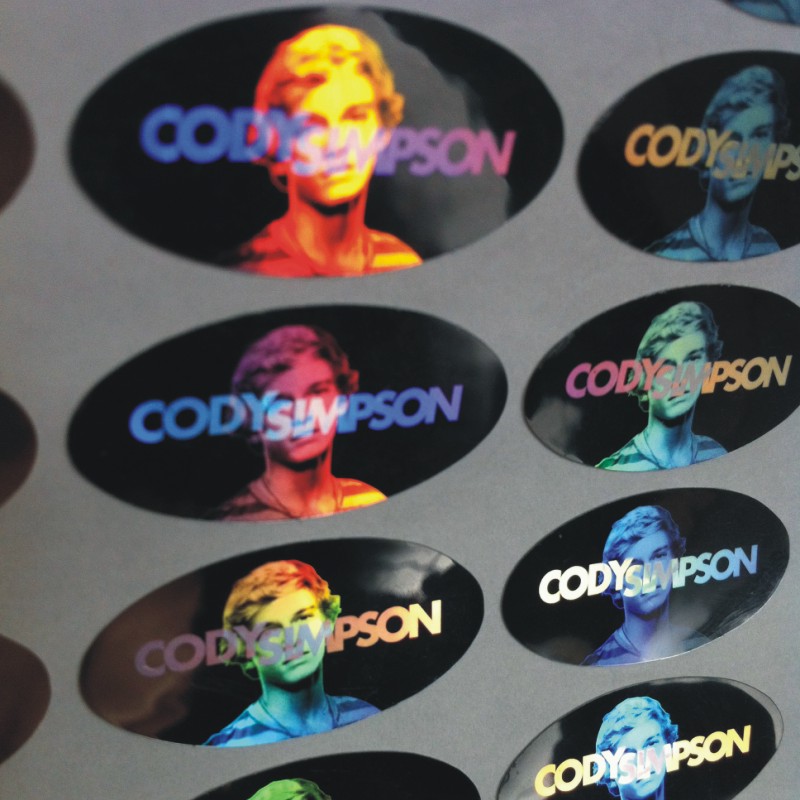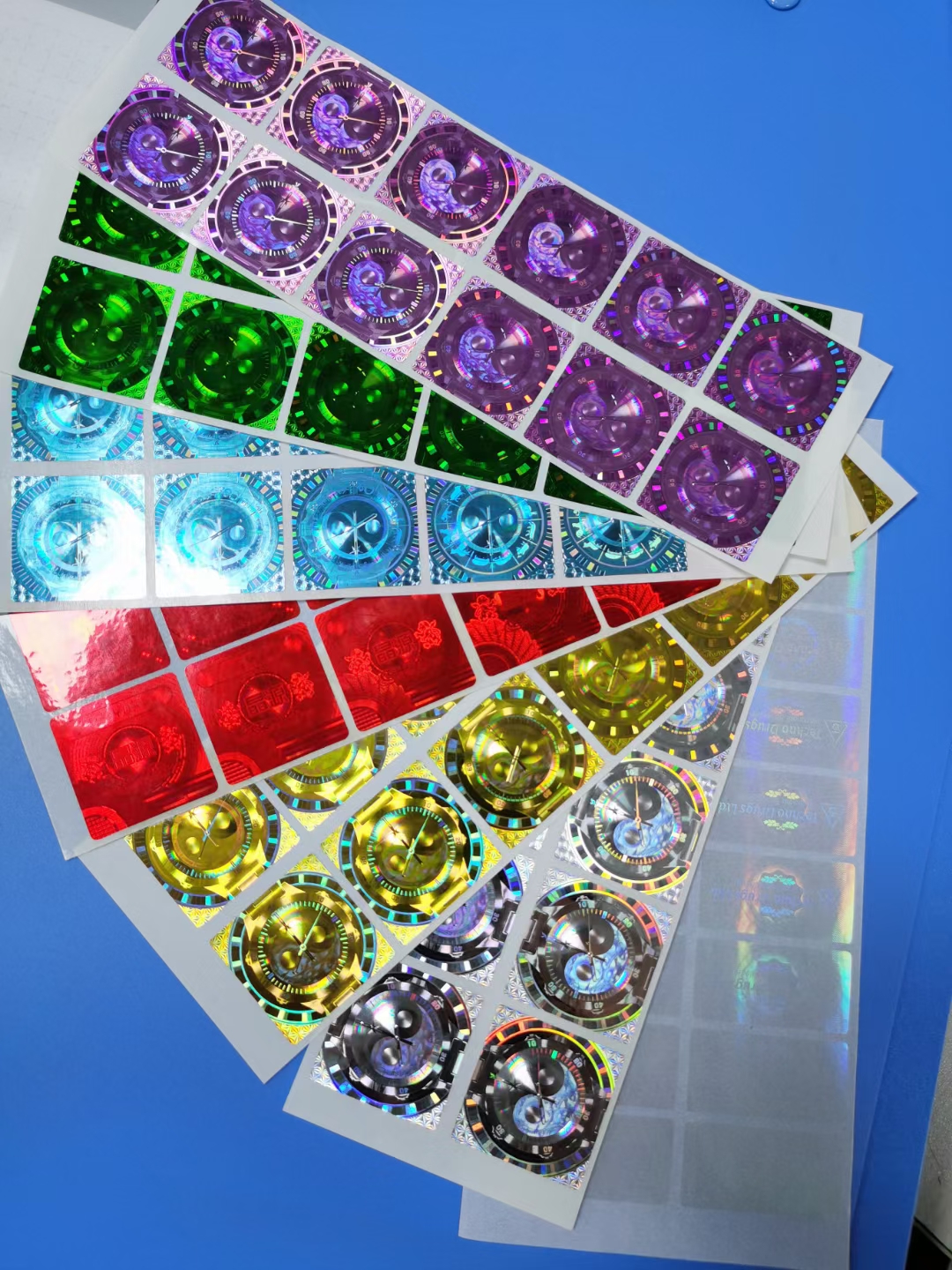Votre panier
Holographie tridimensionnelle
Le silence actuel autour des hologrammes - « Footage From the Moon » sur le New Museum s’intitulerait peut-être simplement « Vous vous souvenez des hologrammes ? » - est particulièrement intéressant. Quinze ans après l’invention de l’holographie par le physicien Dennis Gabor en 1947, des hologrammes précis ont été rendus accessibles grâce à l’événement du savoir-faire laser en 1962. Un hologramme est créé lorsqu’un faisceau laser est découpé, avec une partie du faisceau reflétée par un objet sur une plaque photographique et la moitié opposée projetée immédiatement sur la plaque ; L’interférence entre les ondes délicates des 2 faisceaux crée l’image. (La période inventée par M. Gabor vient des mots grecs « holos », pour total ou entier, et « gramma », pour image ou message.)

Les artistes ont sauté sur la technologie au milieu des années soixante, et un musée d’holographie a été basé sur Mercer Street à SoHo en 1976, avec une exposition principale qui a voyagé dans le monde entier pendant plus d’une décennie. Néanmoins, les sciences appliquées numériques ont éclipsé le médium et l’holographie acquise a été rétrogradée au rang de fabrication de masse : porte-clés, bijoux et couvertures de revues, plus tard timbres-poste et logos de cartes bancaires. (Le Musée d’holographie a fermé ses portes en 1992.)
Comme le démontre la mise en place du New Museum, les hologrammes d’œuvres d’art sont des êtres capricieux. Comme les orchidées ou certains animaux de compagnie, ils prennent maison et nécessitent un éclairage spécifique. De plus, ils comptent sur le spectateur pour manœuvrer devant l’image afin de créer l’illusion de la tridimensionnalité de l’hologramme.
La première œuvre ici est « Hologramme H » (1969) de Bruce Nauman, tirée de son « Second Assortment : Full Figure Poses (A-J) ». Monté sur un piédestal à plusieurs pieds du mur, l’hologramme, sur une plaque de verre, est éclairé d’en haut et de derrière d’une lumière rose sang. L’éclairage théâtral, mêlé à la pose absurde du sujet (M. Nauman lui-même) se penchant en avant pour saisir son pied, crée une chose qui s’apparente à l’efficacité d’une pièce de Samuel Beckett, mais avec une détermination qui s’expose et disparaît au fur et à mesure que vous regardez.

Une œuvre plus récente, « Untitled 4 » de Chuck Shut (1997/2007), s’articule également autour de l’étrangeté du corps humain, vu ici même en trois dimensions avec chaque pore et chaque poil d’oreille visible, mais apparaissant et disparaissant également au fur et à mesure que vous progressez devant lui. M. Close, probablement probablement l’artiste le plus célèbre du mouvement par ailleurs moribond des photoréalistes et des hyperréalistes des années 70, utilise l’holographie à bon escient et effrayant. (Il a d’ailleurs travaillé avec des daguerréotypes, l’un des premiers types de tableaux, qui reproduisent également un étonnant degré de détails.)
L’abstraction et la coloration sont les cibles principales des 4 hologrammes sans titre d’Eric Orr de 1995 et de « Untitled (22NSGB) » de James Turrell (2008). Les œuvres de M. Orr fonctionnent avec des planches verticales d’ombre planant dans des champs de coloration complémentaires, un peu comme une peinture 3D de Blinky Palermo, sauf que les plans de couleur se déplacent comme des stores à persiennes lorsque vous vous déplacez à l’entrée d’eux. Le travail de M. Turrell, comme ses installations plus douces, comprend une coloration représentée sous forme de sorte éthérée et géométriquement sommaire ; Ses deux triangles courbes semblent se confondre et la maison les sphérique.

Les quatre œuvres ci-contre sont d’Ed Ruscha et de Louise Bourgeois. Les deux œuvres de M. Ruscha, « The Finish 1 » et « The End 2 » (toutes deux de 1998/2007), reproduisent en trois dimensions les deux phrases de l’émission qui marquent la fin d’un film. Les hologrammes sans titre de 1998 de Mme Bourgeois représentent des chaises vides évoquant des meubles de maison de poupée, l’une sur un piédestal sous verre, qui s’harmonisent avec le défi qu’elle a dû relever toute sa vie pour dédomestiquer les accessoires de la vie domestique.
« Images From the Moon », qui a été organisée par Jenny Moore, conservatrice affiliée au New Museum, est un complément à « Ghosts in the Machine », l’exposition vitale du musée, qui explore les conjonctions de la peinture du milieu du siècle, de l’expertise et de l’humanité (bien que l’approche de ce présent soit encadrée de manière un peu plus poétique comme la « vie onirique » partagée par les humains et les machines).

Mais « Footage From the Moon » est en fait plus un teaser qu’un véritable courant ; cela vous donne envie d’un traitement plus large du sujet, qui inclut les pionniers et les praticiens dont il est question tout au long du contenu textuel du mur : Margaret Benyon, Rudie Berkhout, Jody Burns, Harriet Casdin-Silver et Dieter Jung. (Des artistes complètement différents qui se sont essayés aux hologrammes incluent Salvador Dalí, Simone Forti, Michael Snow et Stan VanDerBeek, dont le « Movie-Drome » de 1963-66 est l’un des points forts de « Ghosts inside the Machine ».)
Le présent est plutôt biaisé dans la direction d’artistes connus à succès qui ont utilisé l’holographie et dans la direction d’œuvres réalisées efficacement après son apogée. Néanmoins, il ne fait aucun doute que les hologrammes révèlent avec justesse la relation quasi mystique que les gens entretiennent avec le savoir-faire - et les images en particulier, qui ont parfois été exploités pour représenter le surnaturel. (Les hologrammes ne sont pas en contraste avec les images de fantômes et les expériences sur les ectoplasmes du XIXe siècle, et il y a aussi une froideur de musée de cire qui évoque une longue histoire de photographie des morts.) Il n’est donc pas surprenant que l’holographie ait impressionné des œuvres d’art et un musée dévoué ou qu’elle ait été rapidement étouffée dans des variétés bureaucratiques, tout comme le timbre-poste, ou sublimée sur le support déjà addictif de la carte de crédit.

Classifications des hologrammes
Il y a trois propriétés nécessaires d’un hologramme qui sont décrites dans cette section. Un hologramme donné aura une ou différentes de chacune de ces trois propriétés, par exemple nous pouvons avoir un hologramme de transmission mince modulé en amplitude, ou un hologramme de réflexion de quantité modulé en section. Il est composé de systèmes virtuels.
Hologrammes arc-en-ciel
Hologramme arc-en-ciel montrant le changement de couleur dans le sens vertical
Dans cette méthode, la parallaxe à l’intérieur de l’avion vertical est sacrifiée pour permettre d’obtenir une image reconstruite en une seule couleur brillante et correctement définie à l’aide de la lumière blanche. Le processus d’enregistrement de l’holographie arc-en-ciel utilise une fente horizontale pour éliminer la parallaxe verticale dans l’image de sortie. Le spectateur visualise alors effectivement l’image holographique au moyen d’une fente horizontale étroite. Les informations de parallaxe horizontale sont préservées, mais le mouvement dans le parcours vertical produit de la couleur plutôt que des perspectives verticales totalement différentes. [40] La stéréopsie et la parallaxe du mouvement horizontal, deux indices de profondeur comparativement très efficaces, sont préservées.
Les hologrammes découverts sur les cartes de crédit sont des exemples d’hologrammes arc-en-ciel. Il s’agit techniquement d’hologrammes de transmission montés sur un sol réfléchissant comme un substrat en polyéthylène téréphtalate métallisé, communément appelé PET.
Comment l’abat-jour hologramme a-t-il été fabriqué ?
Les hologrammes sont filmés par un faisceau laser sous différents angles qui découvrent des couleurs totalement différentes - rose, inexpérimenté, bleu, jaune et bien d’autres, sous différents angles de vue. Les paramètres de l’hologramme changent, car lorsque l’hologramme arc-en-ciel est tourné vers l’avant et vers l’arrière en fonction de l’ensoleillement et de l’angle de vue, les couleurs défilent à travers le spectre - les couleurs de l’arc-en-ciel.
La profondeur de visualisation différente de l’hologramme provient de différentes positions du film d’œuvre d’art que nous trouvons lors de la prise de vue du maître. L’effet du mouvement matriciel provient de points holographiques compatriés.
Comment le design présente-t-il la couleur de l’hologramme ?
La conception d’œuvres d’art en hologrammes est principalement un fantasme ; Ce sont des reflets du soleil qui trompent l’œil en voyant une image en 3 dimensions. Par conséquent, il est impossible de fournir une représentation précise d’une image holographique sur un écran d’ordinateur ou une impression papier. Ce que vous obtiendrez par e-mail ou sur papier est une épreuve d’illustration à examiner pour vous assurer que les graphiques et la structure sont à votre goût, exempts de fautes de frappe, etc. Le cours de prise de photos holographique comprend de nombreuses étapes détaillées, il est donc très important que chaque œuvre d’art holographique soit autorisée avant que l’aventure ne se lance dans le laboratoire laser pour le mastering holographique.
Des méthodes simples pour réaliser des œuvres d’art pour un autocollant holographique ?
Les hologrammes peuvent être réalisés à partir d’images, d’art plat conçu par Corel Draw, Illustrator, Photoshop ou d’autres logiciels. Le fichier de peintures au format Corel Draw ou Illustrator est le meilleur fichier pour nous permettre de séparer la conception de superposition en couches et en couleurs. Le fichier Adobe Photoshop, JPG, GIF, est acceptable, si vous ne pouvez pas concevoir par Corel Draw ou Illustrator. Le contenu textuel du fichier de peintures doit être transformé en courbes, nous allons donc l’ouvrir sans changer de police.


